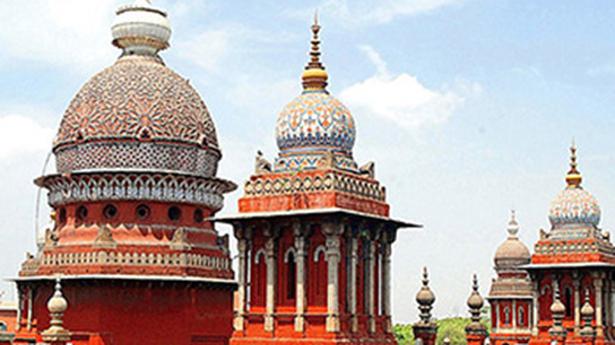
Court dismisses PIL plea to knock off Samacheer Kalvi and adopt NCERT syllabus in State Board schools
The Hindu
The judges said it was for the government, and not the court, to decide on the right syllabus for school students
The Madras High Court on Wednesday dismissed a public interest litigation petition which sought a direction to the State government to adopt the National Council of Educational Research and Training (NCERT) syllabus for State Board schools too, since the existing Samacheer Kalvi, according to the litigant, was not helping students clear competitive examinations such as the Indian Institute of Technology-Join Entrance Examination (IIT-JEE) and Common Law Admission Test (CLAT).
A First Division Bench of Chief Justice Munishwar Nath Bhandari and Justice D. Bharatha Chakravarthy refused to entertain the case, at the stage of admission itself, on the ground that it was for the government and not the court to decide the right kind of school syllabus. The judges also said, the litigant, P.A. Josseph, who claimed to be president of the yet-to-be registered JJ party, had not cited any provision of law which mandates that State governments follow only the NCERT syllabus.
In his affidavit, the petitioner pointed out that Samacheer Kalvi (uniform syllabus) was in vogue in State Board schools since 2011 when multiple boards such as matriculation, Anglo Indian and so on were abolished. However, schools affiliated to the Central Board of Secondary Education (CBSE) alone had been following the NCERT syllabus in the State. This had created a huge disparity among students pursuing their education in State Board schools and those admitted to CBSE schools, he said.
Stating that most of the national-level competitive examinations, conducted either for admission into premier educational institutions or for Central government jobs were based on the NCERT syllabus, the petitioner claimed that State Board students faced the handicap of not being able to clear these examinations. The litigant also claimed that the craze for private schools among parents and students could be eradicated if all schools in the State begin to follow the NCERT syllabus.













